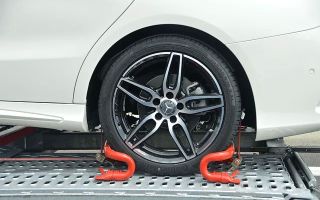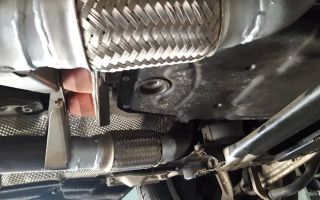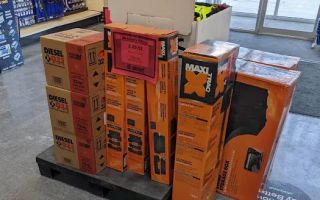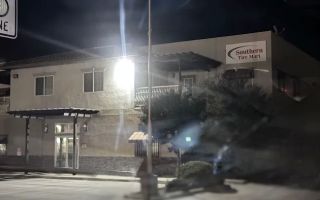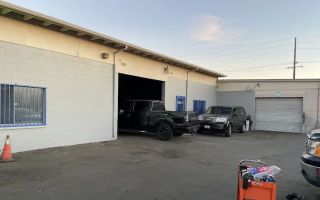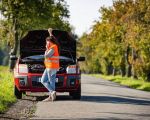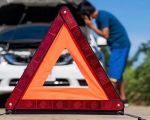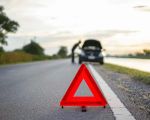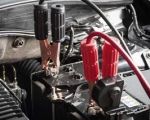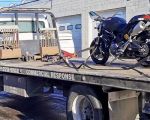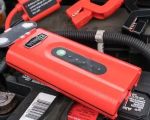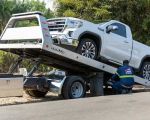Towing for Breakdowns in Remote Areas: How to Handle the Unexpected
We’ve all been there. You’re driving down a lonely highway, surrounded by miles of empty land, and suddenly, your car sputters and dies. Whether you’re on a cross-country road trip or just taking a scenic route through the mountains, breakdowns in remote areas can feel like a nightmare. The isolation, the uncertainty, and the lack of resources can make the situation incredibly stressful. But trust me, with a bit of preparation and the right knowledge, you can handle it calmly and efficiently.
In this article, I’ll share my experience and insights on towing for breakdowns in remote areas. I’ll cover everything from what to do immediately after your car breaks down, how to get help in isolated locations, and the steps involved in safely towing your vehicle. Whether you’re a seasoned road tripper or someone who just wants to be ready for the unexpected, this guide will give you the tools you need to feel confident when disaster strikes on the open road.
1. Assessing the Situation: Stay Calm and Collected
The first thing I learned when my car broke down in a remote area is to stay calm. In moments like these, it’s easy to panic, especially when you’re far from the nearest town or service station. But panicking won’t help. The key is to assess the situation thoroughly before taking any action.
Here are some of the first steps I always follow:
- Turn on Your Hazard Lights: This is a simple but crucial step. It alerts other drivers to your presence and ensures you remain visible, especially if you’re on a narrow or winding road.
- Check Your Surroundings: Is your car on a busy road or completely isolated? If you’re in a potentially dangerous area, try to move your car to a safer spot if possible. This will help prevent further complications.
- Identify the Problem: Can you tell what caused the breakdown? Is there smoke or a strange smell? While you may not always know the exact issue, paying attention to any signs could give you useful information when you call for help.
Once I’ve assessed the situation, I always take a moment to breathe and plan my next steps. This initial calmness is essential to navigating the breakdown efficiently.
2. How to Call for Help in Remote Areas
In remote areas, one of the biggest challenges is simply being able to get help. It’s not like you can just call a tow truck and expect someone to be nearby. However, there are ways to improve your chances of getting assistance quickly.
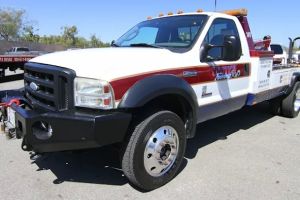
United Towing Service Inc.
26170 Adams Ave, Murrieta, CA 92562, USA
2.1 Get the Right Tools to Communicate
When I broke down on a remote mountain road last summer, one of the first things I did was check my phone signal. If I had a signal, I could immediately contact a towing service. If I didn’t, I had to rely on other tools.
- Satellite Phones: If you frequently travel to isolated areas, investing in a satellite phone is a game-changer. These phones don’t rely on local cell towers, so they work even in the most remote locations.
- CB Radio: A Citizen Band (CB) radio can be an invaluable tool in emergencies. Many truckers and off-road enthusiasts use CB radios, so you may be able to reach someone who can help or at least alert authorities about your situation.
- Emergency Location Beacons: Devices like Personal Locator Beacons (PLBs) can send out distress signals with your GPS coordinates. These can be lifesavers if you’re in an area without phone service.
2.2 Contact a Reliable Towing Service
Once I’ve established communication, I always call a towing company. Finding a company that specializes in remote area towing is key. These services have the necessary equipment, like flatbed trucks and off-road vehicles, to reach you in tough spots.
For example, Rescue & Towing is a service I’ve used when stranded in remote places. They specialize in all types of towing, including in areas with little to no access. Their team has always been professional and quick to respond, ensuring I felt safe and supported until help arrived.
3. Safety First: Preparing for Towing
When towing happens in remote areas, safety should always be your top priority. Not only is it essential for your protection, but it also helps ensure that the towing process goes smoothly for everyone involved.
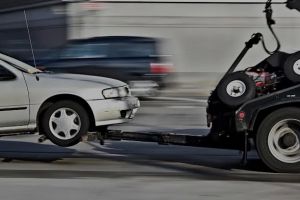
J & J Towing
4560 N Webster Ave, Perris, CA 92571, USA
3.1 Secure Your Vehicle
Before the tow truck arrives, I always make sure my vehicle is secure. This means applying the parking brake, turning off the ignition (if it’s safe to do so), and making sure all windows are rolled up. If possible, I also remove any valuables from the car. It’s a simple step that can save you from additional headaches later on.
3.2 Prepare for Rough Terrain
If you’re in a remote area with rough terrain, make sure you’re prepared. Not all towing companies can handle rough or unpaved roads, so check with your provider about the kind of terrain they can navigate. The right towing service will have the necessary equipment to tow your vehicle safely, even if you’re stuck on a dirt road or in a ditch.
3.3 Ensure Safety While Waiting
While waiting for the tow, I always make sure I’m visible to other drivers. If you’re stuck on the side of the road, stand away from traffic, especially if it’s a busy highway. If you have reflective triangles or a warning sign, place them around your vehicle to increase visibility. I also make sure to stay in the car with the doors locked, especially if I’m in a very remote or unfamiliar area.
4. How Towing Works in Remote Locations
When the tow truck finally arrives, the process is a bit different than what you might expect in a city or suburban setting. Remote location towing requires a few extra steps to ensure everything is done safely and efficiently.
4.1 The Initial Assessment
Once the towing crew arrives, they’ll assess the situation and determine the best way to move your car. This may involve navigating tough terrain, off-road routes, or even using special towing equipment like winches or flatbed trucks. It’s important to trust the professionals—they’ve seen it all before and know how to get the job done safely.
4.2 The Towing Process
Depending on where you are, the actual process of towing may vary. If you’re stuck in a difficult-to-reach location, the crew may need to use specialized equipment to pull your car out safely. This can include winching your vehicle from a ditch or using a larger vehicle to tow you over rough ground. In more extreme cases, they may even need to transport your vehicle to a safer location before they can tow it to a service station.
4.3 The Drop-off
Once your car is safely towed, the next step is getting it to the right location for repairs. In remote areas, there may not be many repair shops, so you may have to wait longer or travel to a nearby town. Make sure you have your options prepared in advance. For instance, Rescue & Towing can help connect you with trusted mechanics who specialize in remote area repairs.
5. How to Prevent Breakdowns in Remote Areas
While breakdowns in remote areas are sometimes unavoidable, there are several steps you can take to reduce the risk of running into trouble in the first place. From regular car maintenance to being prepared for the unexpected, I always make sure to take precautions when driving in isolated areas.
5.1 Regular Vehicle Maintenance
The most important step is making sure your vehicle is in top shape before hitting the road. This means regular maintenance—checking the engine, tires, oil levels, and brakes. I always ensure my car is fully serviced before long road trips, especially if I’m heading into remote areas where help may not be immediately available.
5.2 Carrying Emergency Supplies
I always pack an emergency kit in my car, especially when driving in isolated regions. This kit includes things like water, snacks, a flashlight, first aid supplies, and a spare tire. I also make sure to have a phone charger, extra fuel, and basic tools that might help me troubleshoot minor issues on the spot.
5.3 Know Your Route and Conditions
Before embarking on any journey into remote areas, I always make sure to research the route. This includes checking for road closures, weather conditions, and potential hazards. I also inform someone about my route and estimated arrival time—just in case.



